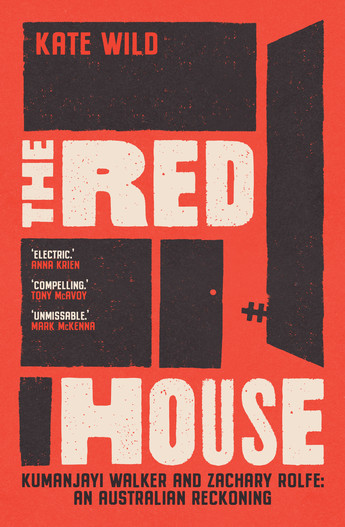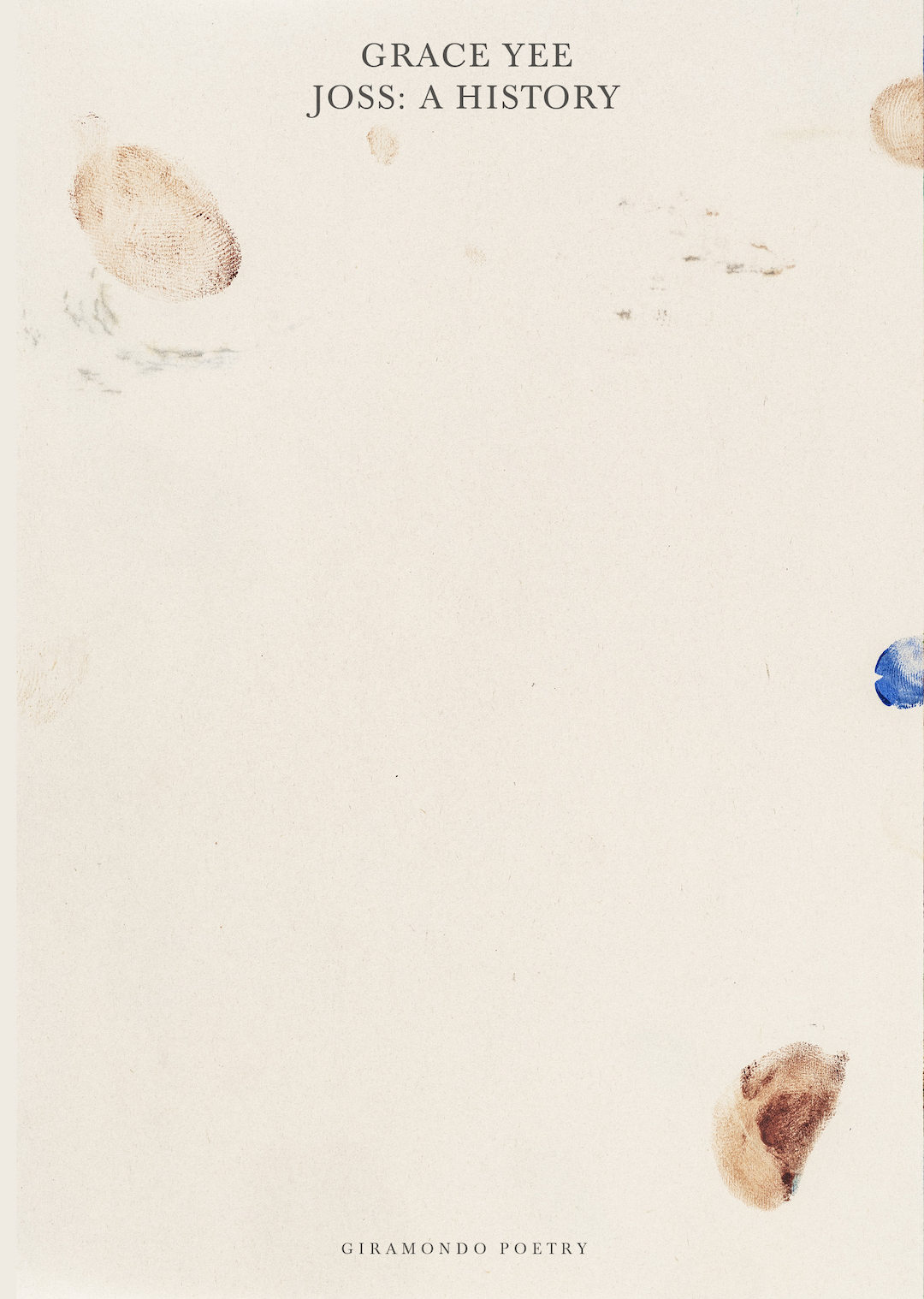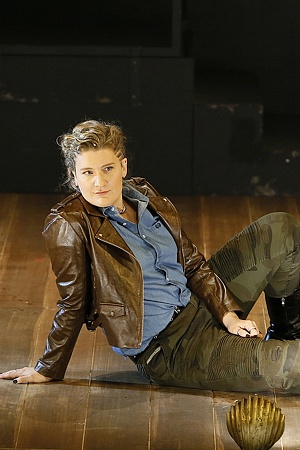Dracula
.jpg)
For the past thirty years, breakthroughs in video and sound technology have, for better or worse, seeped into live performance. For better in the case of Kip William’s production of Suddenly Last Summer and Lindy Hume and Dave Bergman’s Winterreise for Musica Viva. For worse with David Livermore/Opera Australia’s ludicrous Anna Bolena and Ivo van Hove’s self-indulgent All About Eve. With Dracula, Williams’s final production as the Sydney Theatre Company’s Artistic Director and his completion of a trilogy of horror, which included his hugely commercially successful The Picture of Dorian Gray and his somewhat less triumphant Dr Jekyll and Mr Hyde, Williams reaches what one hopes is his technical apogee.
Continue reading for only $10 per month. Subscribe and gain full access to Australian Book Review. Already a subscriber? Sign in. If you need assistance, feel free to contact us.











Comment (1)
Leave a comment
If you are an ABR subscriber, you will need to sign in to post a comment.
If you have forgotten your sign in details, or if you receive an error message when trying to submit your comment, please email your comment (and the name of the article to which it relates) to ABR Comments. We will review your comment and, subject to approval, we will post it under your name.
Please note that all comments must be approved by ABR and comply with our Terms & Conditions.